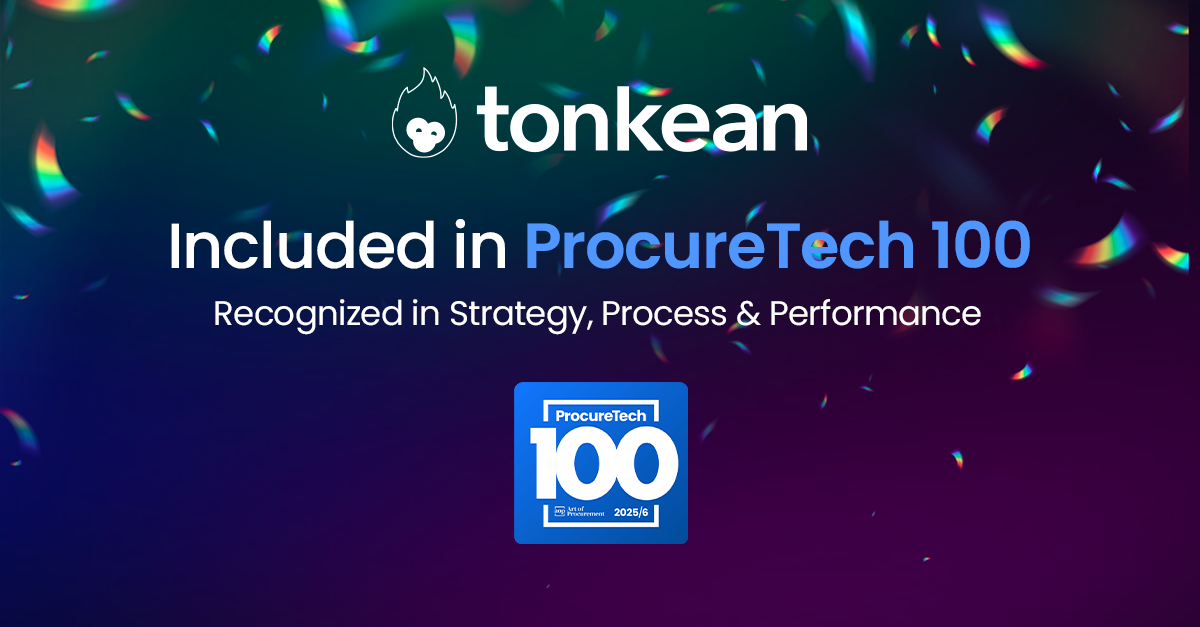
The role of the chief procurement officer (CPO) has never been more important. The pandemic highlighted how volatile the supply chain can be and how critical it is to predict and navigate disruptions. As is usually the case, though, those difficult times were an opportunity for leading CPOs to learn, adapt, and ultimately thrive. According to a new survey from Deloitte, leading CPOs are seizing that opportunity in three primary ways: prioritizing talent management, rethinking their operating models, and embracing process orchestration as a pillar for digitization.
The big takeaway: CPOs are becoming mission-critical leaders inside their organizations by placing renewed focus on people, processes, and using technology effectively.
Here’s why.
Procurement has rapidly evolved into a core part of every business, even gaining a seat at the strategic table in the C-suite. But there’s still a problem. Procurement’s task is a tall one, and, for the most part, procurement professionals haven’t received the resources they need to accomplish it, what with hiring freezes and workforce reductions. Deloitte’s research shows, among other things, that there is currently a shortage of procurement talent.
Procurement leaders are being asked, in other words, to do more with less.
The good news: many are succeeding. "High-performing procurement organizations that are leveraging these developments more fully and effectively are elevating and automating themselves out of tactical work to build more agile, scalable, and digitally enabled procurement operations," the report states.
Procurement leaders who are proving so effective are going about this in a few specific ways. The Deloitte survey identified “the attributes and capabilities that the most successful procurement organizations have invested in.” With responses from close to 350 procurement leaders across more than 40 countries, the survey found a few key trends.
Deloitte calls successful procurement leaders “Orchestrators of Value.”
That is, they’re the leaders who successfully get all stakeholders and XFN partners aligned and working together to deliver greater performance and value to their organization. And they look beyond achieving short-term financial wins in favor of making a broader, longer-term impact on their organizations.
It’s not just about tactically scoring the best prices anymore; the new world of procurement is chess, not checkers.
What these “orchestrators” do aligns with process orchestration (and more specifically, procurement orchestration) and how it’s playing a prominent role in today’s procurement tech stack.

Process orchestration helps procurement pros better execute, monitor, and manage entire business processes across teams and existing systems, helping organizations more strategically leverage the apps their employees are already using.
Platforms like Tonkean wrap around any and all apps and tools at the orchestration layer and significantly improve the process experience. It’s all about understanding how people actually behave and viewing tasks, workflows, and processes through a human lens.
Orchestration plays such a crucial role for procurement leaders
The survey found these three main areas on which top-performing procurement leaders focus:
The study’s authors wrote that although procurement reacted quickly to changing business challenges, including battling supplier price increases and keeping supply lines open, there’s a next level to grow into. Procurement can’t remain in a reactive mode—it needs to adopt an agile development approach. And although speed can be a positive trait, it’s more important for procurement to gain velocity—which involves speed but is focused on achieving goals.
“Addressing such external forces while maintaining momentum around delivery of internally set strategic priorities and programs is the essence of this 2023 study on ‘orchestration,’” Deloitte wrote. This again speaks to why process orchestration is paramount. As procurement teams assemble their tech stacks to enable cognitive procurement, so they can execute on their strategic visions and learn how to be predictive and proactive, they need an orchestration platform to automate workflows and processes and ensure that they’re getting the most out of their tools and teams.
The report lays out six key use cases to make procurement’s orchestration efforts work in their organizations:
This study highlights how top-performing procurement leaders are approaching the new challenges laid before them. They understand how standardized processes and intelligent tools are important, why they need top talent, and how they need to use technology strategically to achieve goals and solve problems.
Technology is necessary and central to all of the above use cases. It can’t be untethered from any of them. Fortunately, the modern procurement tech stack is full of a growing spate of powerful tools, especially process orchestration tools that pull them all together.
It also means that more than ever, procurement requires exceptional human talent. Today’s procurement requires strategic thinking, creativity, holistic views into processes and how people use and adopt them, and more. Technology’s role is to empower those people by automating tasks and processes that AI can handle and by providing intelligence that humans can interpret and act upon.
Start your procurement orchestration journey now with Tonkean’s ProcurementWorks. And check out this in-depth primer about how to use ProcurementWorks to power up your procurement processes.

